Eastern
China
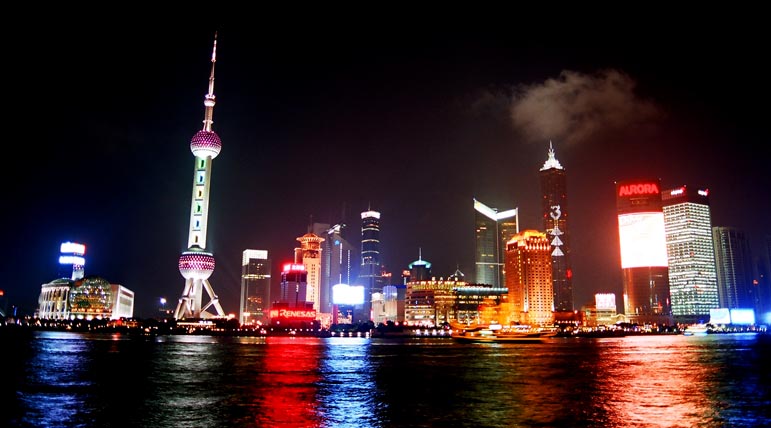
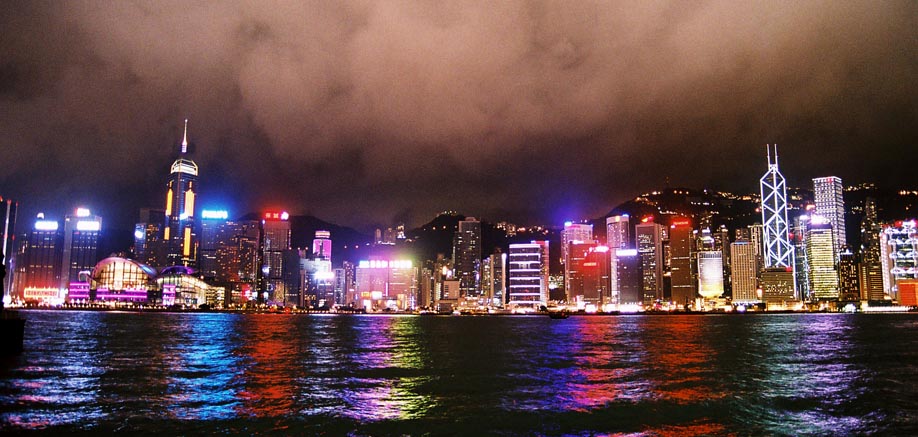
Has the skyline of
challenger Shanghai (above) surpassed that of defending champion Hong
Kong (below)? You make the call. I still find Hong Kong
more spectacular but Shanghai has caught up very quickly, in parallel
with Eastern China's turbo-charged modernization catching up to the
developed world. Chinese national tourists throng Shanghai to be
mesmerized by its concrete, glass and steel jungle, oblivious of
the concomitant loss in historically and artistically important
architecture. The character of Shanghai's historical districts
has effectively been completely eradicated now, and the city is leading
the modernization charge westward across China.
blablabla
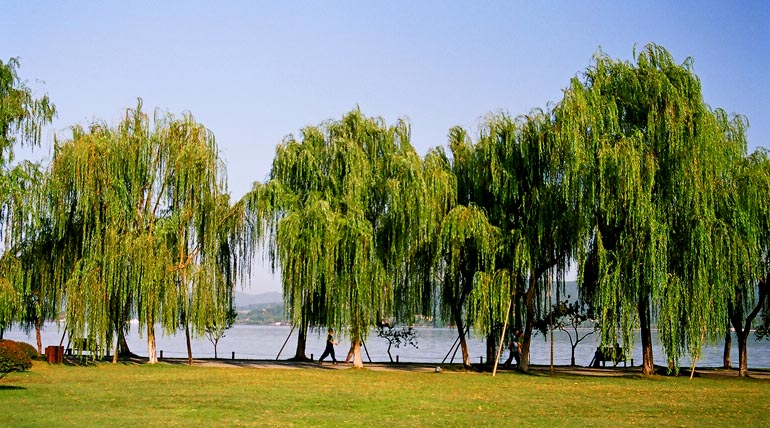
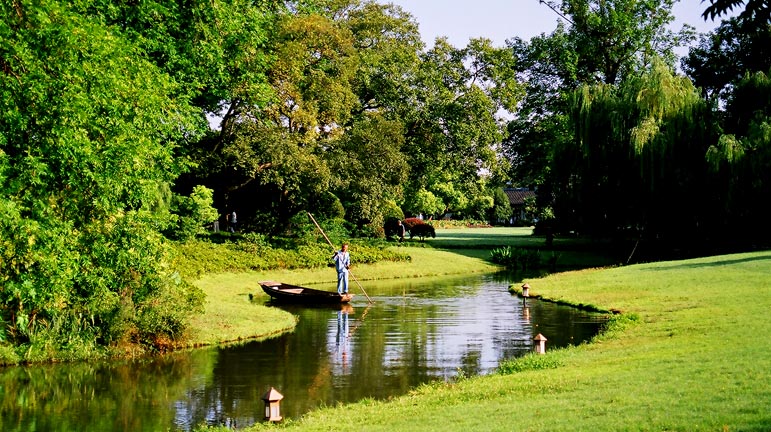
The legendary West Lake (Xi hu) has
maintained its beauty though little of notable interest remains in the
rest of Hangzhou. As in France or England, the Chinese value
programmed or designed garden parks over natural or unmanaged parks,
and the West Lake is a perfect example of such manmade splendour
.
blabla
blabla.
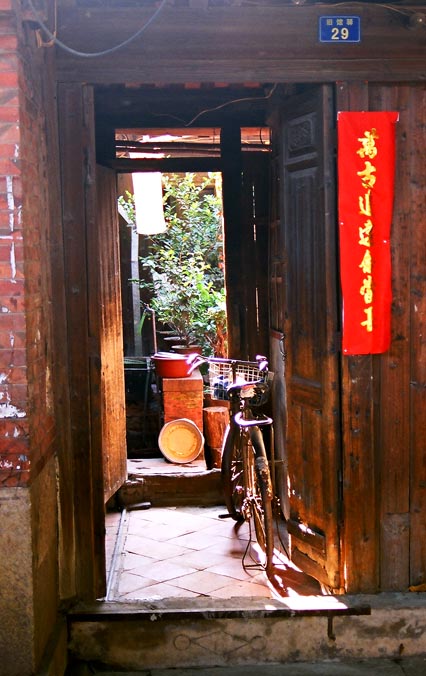
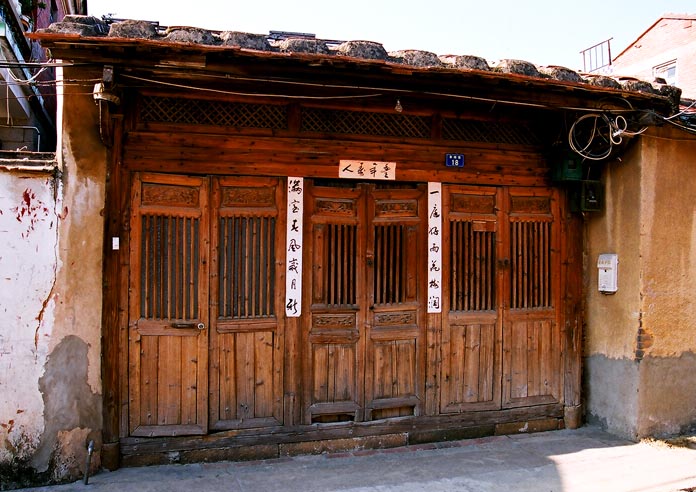
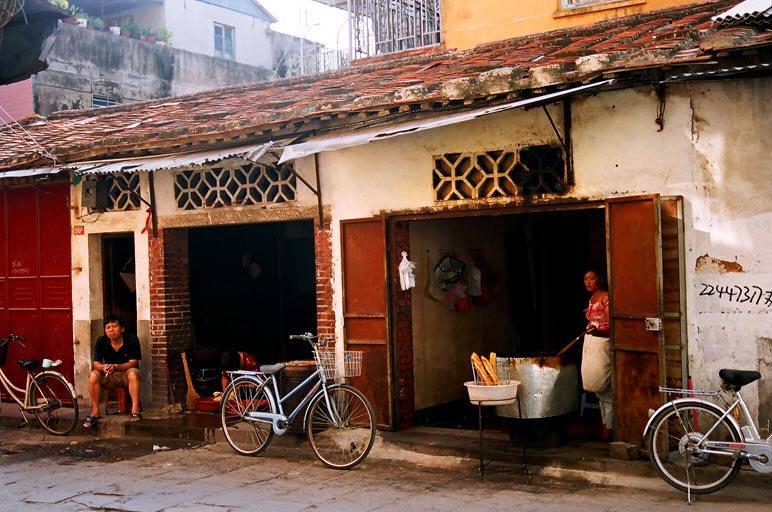
Images from the old town of Quanzhou
(Fujian province) that may not exist in 3 years time.
Quanzhou was the one of the largest ports in the world when Marco
Polo departed from here, but little remains from that epoch
except a lovely cluster of old wooden buildings in the old town, which
are disappearing at an alarming rate, with concrete and tile
monstrosities appearing in their stead. Already, the contiguity of
their uniform look has been lost, with historical buildings rarely
appearing juxtaposed with each other. The residents want the
comforts of modern buildings (who can blame them for that?), and
restoration with modernization is much more expensive than replacement
with prefabricated modern industrial designs. It's the
government's duty to preserve sites of historical and cultural interest
that everybody in China will regret losing in 20 years time. If
they had stepped in here as recently as 5 years ago, they could have
preserved the district and quite possibly inscribed it as a UNESCO
world heritage site. It is too late now in Quanzhou, and this
trend is reiterating itself every day in every historical city in
eastern China.
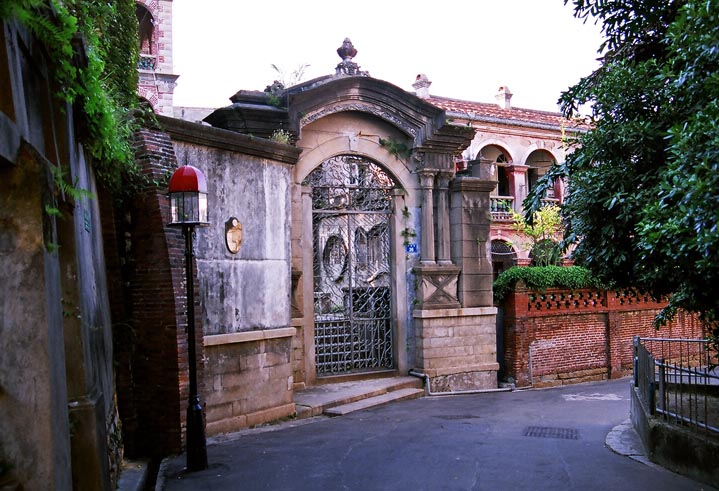
<>
Shanghai is
often cited for its notable European architecture, along with northeast
coastal cities Qingdao and Tianjin, but I much preferred the Dutch and
portuguese streets in the airy and leafy island enclave of Gulang-Yu,
situated a short ferry ride from Xiamen (Fujian province) over
Shanghai's French quarter or Bund. Operated as a colonial
concession until the early 20th century, old consulates of many
countries from the USA to Japan remain intact, untouched by war or
urban homogenization. Now it thrives as a tourist attraction for
an almost exclusively Chinese crowd, and serves as a beacon of how
cultural conservation can be economically rewarding.
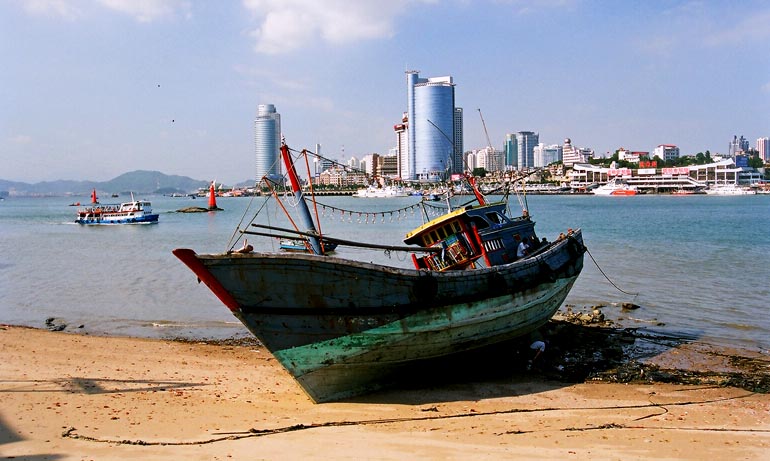
<>
Looking back rom the shores of Gulang-yu
island toward the mainland, the special economic zone of Xiamen has
prospered quietly, without attracting the international media fanfare
that Shenzhen (across from Hong Kong) has. As with Shenzhen and
Hong Kong sharing recently recent cantonese cultural links, Fujian
province and Xiamen and Quanzhou cities in particular share cultural
ties, albeit more distant ones, with the overseas Chinese diaspora, who
have emigrated since the 16th century primarily from this region and
Canton, to colonize territories such as Taiwan across the strait,
Malaysia/Singapore, southeast Asia and further afield North America,
and Peru. The excellent Museum of Overseas Chinese in Xiamen
documents the historical migrations, having been funded of course, by
overseas emigrants. It is no coincidence I came to realize
appreciatively, that southern Fujian residents and the overseas
migrants share a common friendliness, openness and tolerance to
outsiders that is not evident in most of Eastern China.
blabla
To Western China page
BACK
to HOMEPAGE

















